Facebook ads and Instagram ads dominate most advertisers’ attention when it comes to PPC advertising on social media, with Promoted Pins, YouTube ads, and LinkedIn ads typically hovering somewhere close behind. But what about Twitter ads?
Twitter ads have gone through multiple significant changes in the past five years, including two major interface changes to the self-serve advertising platform. An extensive list of new features and new advertising objectives were added too.
In this post, we’ll go over everything you need to know to get started on the platform and rock your first Twitter ads campaign.
Types of Twitter ads
The first thing that we’ll want to do when looking at Twitter’s ad system is to look at the different types of ad formats you can use to connect with your audience.
Twitter Single Image ads
Twitter Single Image ads feature one image below a block of text. They can include additional components like polls or CTA buttons. They’re one of the most common Twitter ad formats as they’re fast and easy to create.
Source: Twitter
Twitter Video ads
Twitter Video ads are another highly popular Twitter Ad format. Twitter recommends keeping your video at 15 seconds or less, but advertisers can apply to have videos up to 10 minutes long serve as ads. The default you can start with is a max of 2 minutes and 20 seconds.
Videos under 60 seconds long will loop.
Note: Closed captions or text overlay are mandatory for Twitter video ads.
Source: Twitter
In addition to using pre-recorded video ads, you can also promote live video. Learn more about this advertising option here.
Twitter Carousel ads
Twitter’s Carousel ads are a relatively new format, and they closely resemble Facebook’s carousel ads (also called “multi-image ads”). Advertisers can create ads with anywhere from two to six image or video slides.
Here’s an example of a Twitter Carousel ad:
Delivery is never surged. Always just $1.95.
Get $5 off your first two orders using code TWX.
— Gopuff (@gopuff) June 4, 2020
Giving advertisers an opportunity to showcase multiple products and tell their brand story in multiple slides, carousel ads are known to be highly effective. Twitter highlighted one case study from 2018, where using the format resulted in a 20% increase in campaign awareness and a 7% increase in purchase intent.
Twitter Moment ads
Twitter Moments allow you to curate multiple Tweets into a single “moment” that you can share or, in this case, promote as an ad. Twitter Moment ads are a fantastic option when you want to get eyes on specific threads of content that, for example, feature user-generated content that can add credibility to the product or service you’re advertising.
Source: Twitter
If you want to go beyond the 280 characters to tell a more complex story, Moments are a great advertising format to test.
Twitter Text ads
Twitter Text ads aren’t used nearly as frequently as they used to be, largely because visual components like images and videos can go such a long way in grabbing attention and increasing engagement on ads. That being said, they’re still an option. These ads are nothing but text, and they can work well if you want to promote specific high-engaging Tweets you’ve published organically that have already gotten some traction.
Source: Twitter
Twitter Follower ads
The Follower ad format is focused on capturing user interest so that you can attract more followers to your account. These ads feature a bright blue “Follow” CTA right below the image.
Twitter Amplify ads
Twitter’s Amplify ads are a type of video ad format similar to Facebook’s in-stream ads. You’ll have your 15-second video ad appear before longer high-visibility content from other users.
Twitter Takeover ads
Twitter Takeover ads let brands do a “Timeline Takeover.” These ads are displayed at the very top of users’ organic timelines the first time they open the app on a given day. The goal is maximized visibility when users are the most engaged. They can feature images or videos.
Source: Twitter
Twitter Ad specs
Knowing the required ad specs can help you ensure that you’re generating ad creatives that will work with the platform.
While there is some variation depending on ad type, keep in mind that the following is true for all relevant ads:
- Most ads containing text allow for 280 characters, though every link reduces the character count by 23 characters.
- PNG or JPEG are the recommended file types for images.
- MOV or MP4 at the recommended file types for videos.
- Image files can be 5 MB max.
- Video files can be 1 GB max.
Twitter Ads’ image and video specs will vary depending on the type of placements and format you want to use. These are the aspect ratios and dimensions you need to know:
- Banner ads for audience network: 320 x 50 pixels
- Medium rectangle audience network ads: 300 x 250 pixels
- Full-screen ads for mobile: 320 x 480 pixels
- Full-screen ads for tablets: 768 x 1024 pixels
- Full landscape ads: 480 x 320 OR 1024 x 768 pixels
- Carousel ads must have an aspect ratio of 1:1 or 1.9:1 for images, and 1:1 or 16:9 for videos
- Carousel images should be 800 x 800 pixels or 800 x 418 pixels
- Carousel videos should be 800 x 450 pixels or 800 x 800 pixels
The good news is that when you’re creating display creatives on Twitter, you’ll see a list of the supported image options and their aspect ratios on-screen, under “Sizes.”
How much do Twitter ads cost?
It only makes sense that ad cost impacts most brands’ decisions about whether or not to use an advertising platform.
Like most PPC platforms, Twitter ad costs vary significantly. Advertisers bid on placements, so the final cost of running an ad will depend on your niche, your target audience, and competitors bidding for the same placements.
When advertising on Twitter, you get to set a daily campaign budget and a total campaign budget. You can also put a max cap on how much you’re willing to spend for individual actions taken by your target audience, like clicks to your site or video views. While you can put limits in place to control how much you spend in total, the actual costs can vary.
In my own experience, most objectives for standard promoted content is going to put you somewhere in the range of $0.50 to $3 per action, depending on the action you’re optimizing for, with standard Promoted Tweets falling in the lower end of that range. Sometimes the costs increase around busy times, like the holidays (when more competitors are bidding to have their ads shown to an audience ready to shop), but there seems to be less significant variance here than what you may see with Facebook ad costs or Instagram ad costs.
How to set up a Twitter ad campaign
Ready to set up your first Twitter Ad campaign? Navigate here to the ad center, and then follow the steps below.
Step 1: Choose your objective
When setting up a Twitter ad, the first thing you need to do is to choose your advertising objective. Twitter’s options currently include:
- Reach: maximizes the number of people who see the ad
- Video views: increases the number of views on your video
- Pre-roll videos: shows your ad before premium video content
- App installs: maximizes the number of app downloads
- Website clicks: drives traffic to your site
- Engagements: maximizes the number of user engagements
- Followers: encourages the target audience to follow your account
- App re-engagements: gets the existing users of your app to take specific actions within the app
When choosing an objective, remember to choose the one that is closest to the end goal that you want. So, you might want to show your ad to as many people as possible, but your real goal might be having them click through to your site. You don’t want to default to Reach, which would be more appropriate for brand awareness-centered posts that just need visibility more than direct action.
Step 2: Set your budget and pacing
Once you select your objective, you’ll be asked to name your campaign. This is optional, but you always want to take this step. If you don’t, you could end up with a number of unnamed campaigns that become downright confusing to manage.
After you do this, you’ll choose your funding source (credit card is the most popular option), and then set your budget. You can set both a daily and total budget, with the total budget being an optional setting. Some advertisers don’t set total budgets, but I personally recommend it for small businesses who have limited resources. You can then set a start and end date, scheduling your campaign.
If you want your campaigns to be shown as often as possible until your budget burns out (which is great for time-constrained campaigns like those promoting events), you can click on Advanced and then choose Accelerated pacing. Standard pacing is the default.
Step 3: Enter your ad group details
On the next page, you can choose to create an ad group. This will contain multiple ads under a single campaign.
At this stage, you can choose to create a total ad group budget and start or end dates, though you don’t have to. This is a good option if you’re running multiple campaigns for a single purpose and want to streamline ad management.
At this stage, you can also select a bidding strategy.
Autobid is the default and recommended option. It maximizes your results at the lowest price. For example, if you give Twitter $100, they’ll “auto bid” on placements based on market ad and competitors’ pricing until that $100 is used. If the CPC is $1.50, you’ll pay that; if it’s $5.50, that’s what you could pay. Many advertisers choose autobid because it’s more automated and can often expand their reach by avoiding limiting placements.
Target cost allows you to set a target cost per action (CPA), and Twitter will make sure that your average CPA costs that amount. If your target CPA is $2, they may get you clicks that are $1 but then also balance it with clicks that are $3. This is a good way to keep some level of control over your acquisition costs without limiting placements and missing out on potentially reaching higher-value customers.
Finally, we’ve got the maximum bid option. This allows you to place a complete cap on how much you’re willing to spend. If you say $2, Twitter will never give you a placement that’s $2.01 or over. This option gives you control over your cost per actiin, though the lack of flexibility may cause you to miss out on some placements. If you absolutely know that going over a set CPA means that your customer acquisition campaign won’t be profitable, however, this is something to consider.
Step 4: Choose your audience targeting strategy
It’s finally time to choose who you want to target with your ads.
You’ll start with basic demographics, including gender, age, location, and languages spoken.
After you do this, you can choose to target users by their mobile operating system, device model, and carrier. This is often a good call if you’re driving users to install your mobile app, allowing you to only target users whose devices are compatible with the app’s technology.
Then, you can add custom audiences and lookalike audiences. For those who are familiar with Facebook, these features work the same way. Custom audiences lets you target specific individual users from a contact list you upload to Twitter, and lookalike audiences allow you to target users who are similar to your custom audience members.
You can then choose to set up additional targeting features, including the following:
- Keywords that users have entered to find the feed that your ad will appear in
- Follower look-alikes
- Interests based on their on-platform activity
- Movies and TV shows the user watches
- Events users attend or express interest in
- Conversation topics they engage with
Remember to choose targeting options that will help you connect with your audience without adding so many specific limitations that you accidentally remove large sections of the audience that you want to reach.
Step 5: Choose your ad placements
Placements determine where exactly your ads will be displayed.
On-platform placements include the home timeline, profiles, and search results.
You can also choose whether or not you want to have ads displayed in the Twitter Audience Platform. This can extend your reach by showing your ad to users of participating sites or apps off-Twitter. You’ll choose which formats you want to use, and then select ad categories that best fit your ads.
Step 6: Choose your creatives
Last but definitely not least, it’s time to choose the creatives that you want to use for your campaign. You can search for Tweets and display creatives to pull from past media, selecting multiple options so you can run diverse ad campaigns and see what works best for your audience.
Step 7: Review and submit
At this point, your campaign is complete. All you need to do is review the details, make sure everything looks exactly as it should, and then submit the campaign for review.
Twitter ads best practices and examples
Let’s take a look at a few strategies and best practices that you can use to get more out of your Twitter Ads, and some examples for how to put those strategies in place.
Optimize for mobile
Approximately 80% of Twitter usage happens on mobile, so you need your Twitter ads to be mobile-friendly.
While all promoted ad formats can run on mobile, choosing more vertical video and image formats is a good place to start. Ideally, you want your entire Tweet to be viewable on a user’s screen. You also want to be mindful of how the text of your ad will be displayed on a mobile screen.
This app-install ad from TikTok is a great example of a mobile-optimized Twitter Ad. It uses vertical media, and the text is brief but effective.
Leverage content marketing in your ads
Sharing resources and links on Twitter is common even for organic users, so you can participate in that trend with ads, too. Combining content marketing and PPC campaigns can be a winning strategy, especially if you’re promoting high-value resources and lead magnets.
Check out this ad from MuleSoft. They explain the value of the resource they’ve created, they stress its timeliness, and then encourage users to download the free report. There’s no catch, no strings attached, and plenty of free value on the table. This is a good way to build a relationship with your target audience.
Test multiple creative options
Testing is an essential part of any type of marketing. You’re going to want to test multiple ad creatives regularly to see what your audience responds to.
See if they prefer video over image, or if carousel ads work for you. Try different types of images, different lengths of Tweets, and toss in some emoticons to see whether they increase or decrease results.
There’s no real hack here aside from the fact that split testing is important, and that you’ll want to allocate a small chunk of your budget to gathering data so you can improve your campaigns moving forward.
Take advantage of Twitter ad features
Twitter’s advertising platform has several unique features that you can utilize in your campaigns. These can help increase engagement, and include the following:
- Polls. Grab your audience’s attention by asking them to answer a question, choosing between one of two options.
- Conversation Buttons. These buttons prompt users to Tweet about the topic at hand.
- Website Buttons. This is a clickable button that will send users to a certain page on your site.
- App Buttons. These buttons take users to a specific App Store or Play Store app downoad page. If users already have the app downloaded, the click can open the app.
- Branded Hashtags. These allow advertisers to share their branded hashtag, building brand awareness.
- Branded Notifications. This is a particularly cool feature that allows users to opt-in to receive valuable content or experiences directly from brands, at the moments that matter most. Learn more about Branded Notifications.
Use visuals with contrasting colors
This last tip is simple but effective. To help your ad stand out, make sure that you’re using bright colors that contract with Twitter’s background, and to use contrasting colors within the image or video that you’re promoting. Pops of contrasting colors automatically grab users’ attention, which is half the battle in a busy feed.
Final thoughts
Twitter has been working hard on improving its entire platform for several years, both from an organic and a PPC standpoint.
Twitter ads offer plenty of value, and when used as part of a diversified marketing strategy, they can help you connect with new members of your target audience on this engaging platform. Twitter may not have the user count of Facebook or Instagram, but with a reach of 206 million daily active users (as of the second quarter in 2021), it’s still a valuable space for reaching your target audiece.
What do you think? Do you do any marketing or advertising on Twitter? What strategies and best practices do you use? Let us know in the comments below!
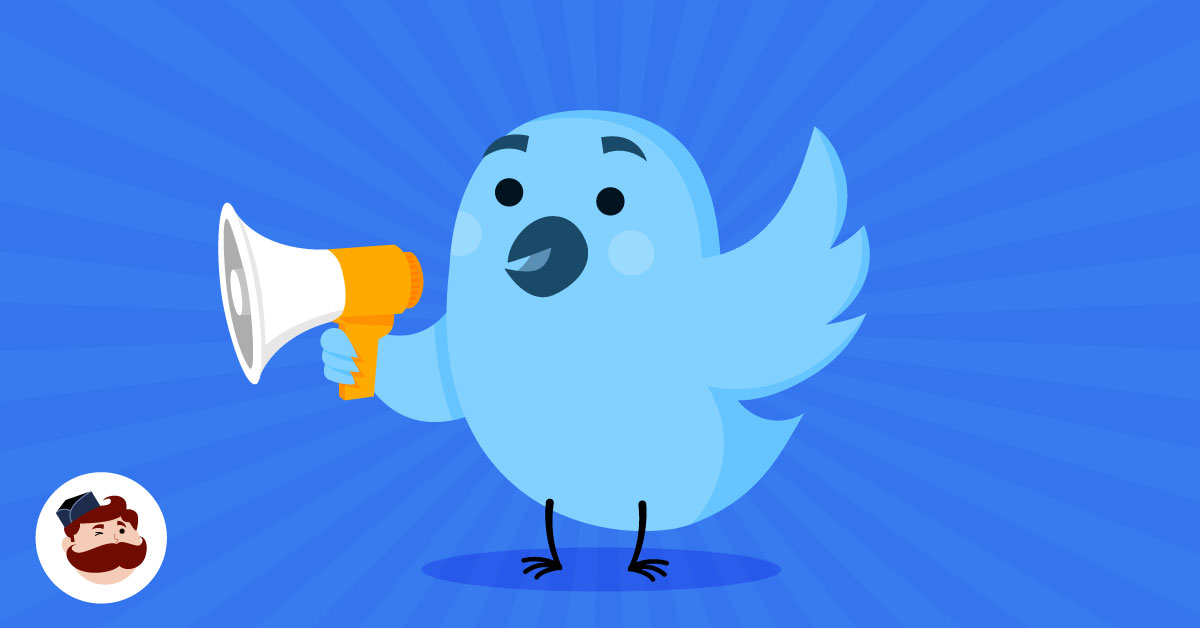
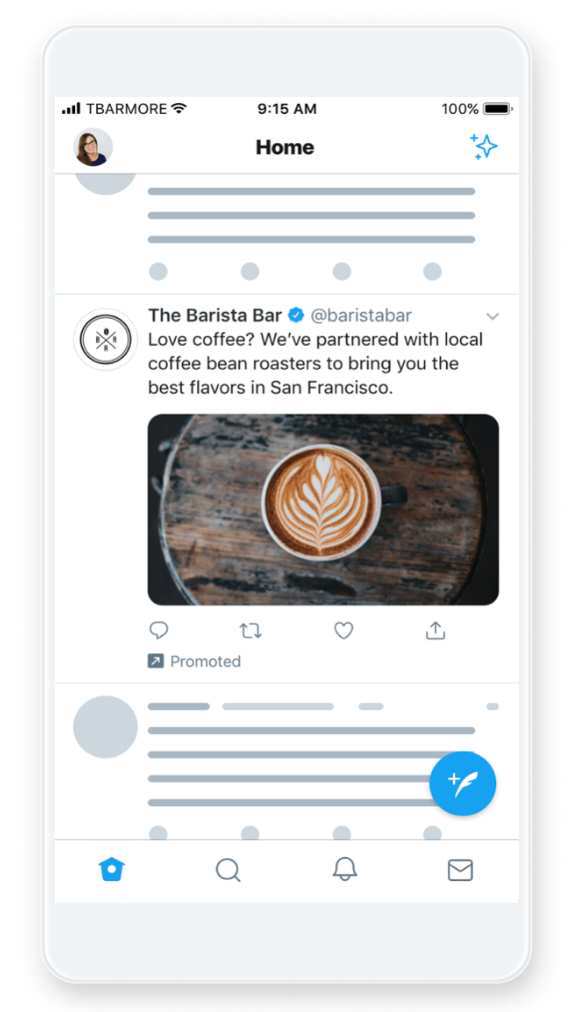
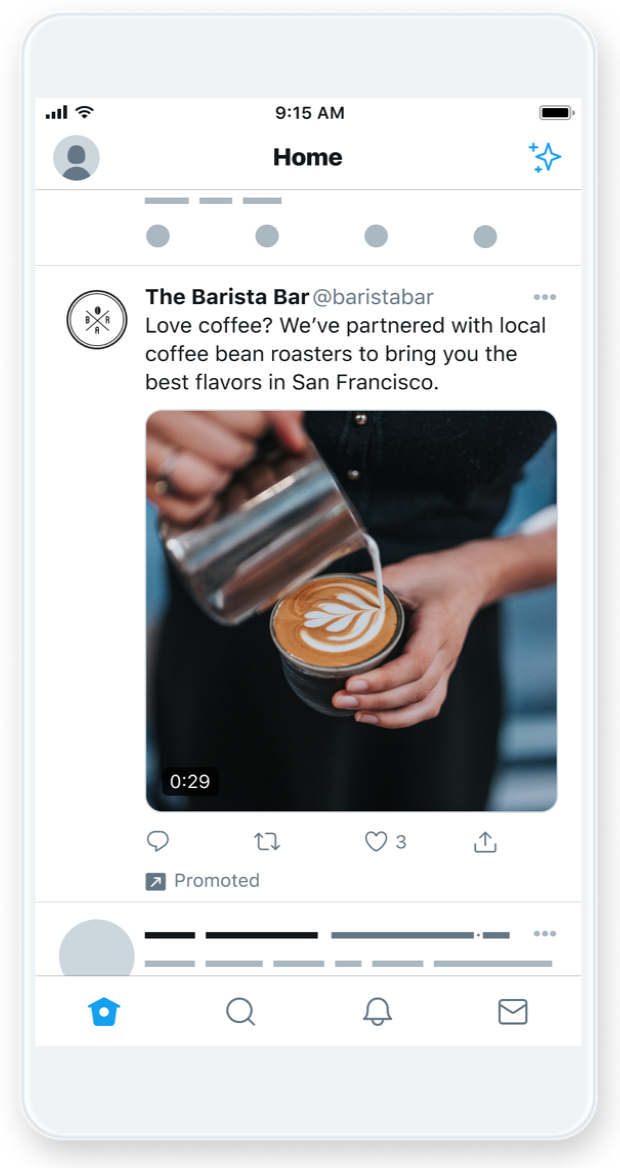
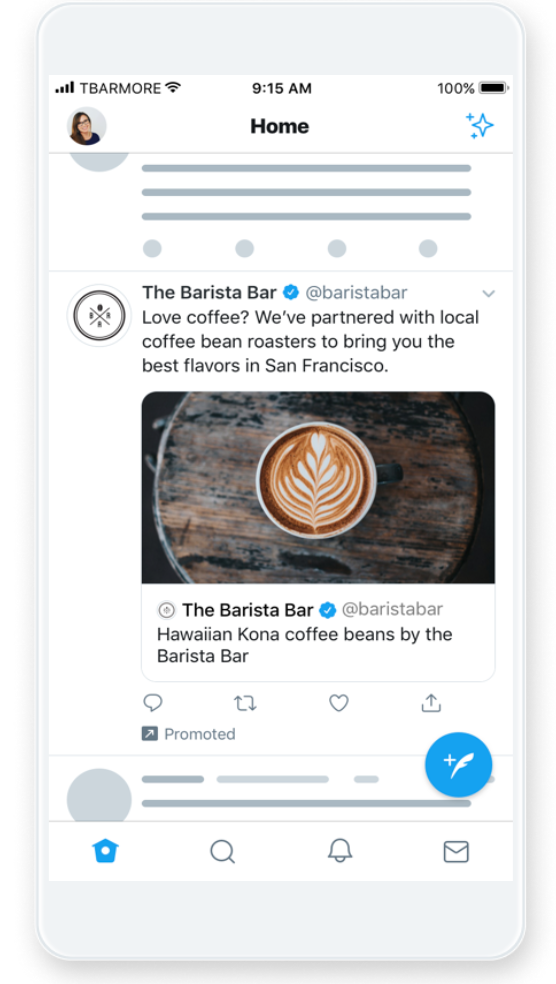
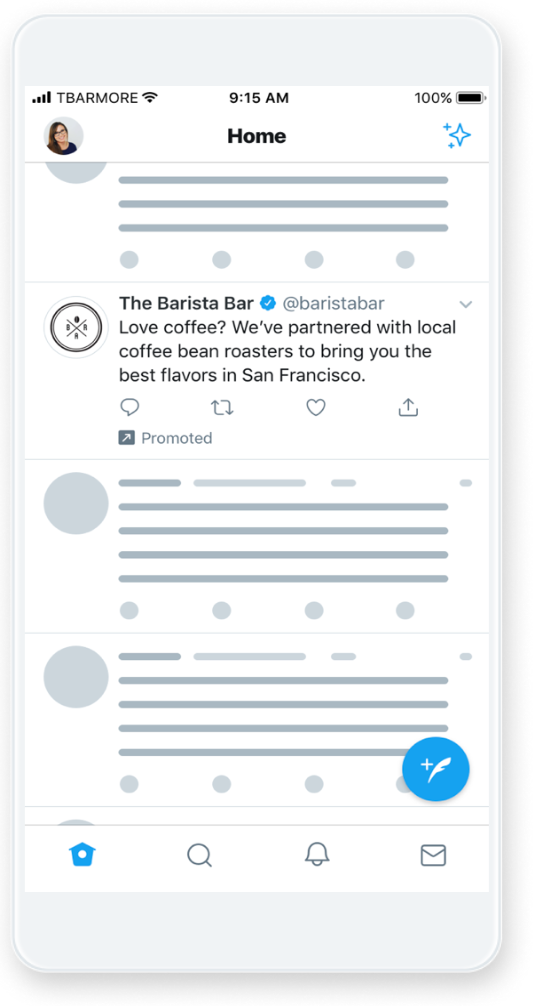

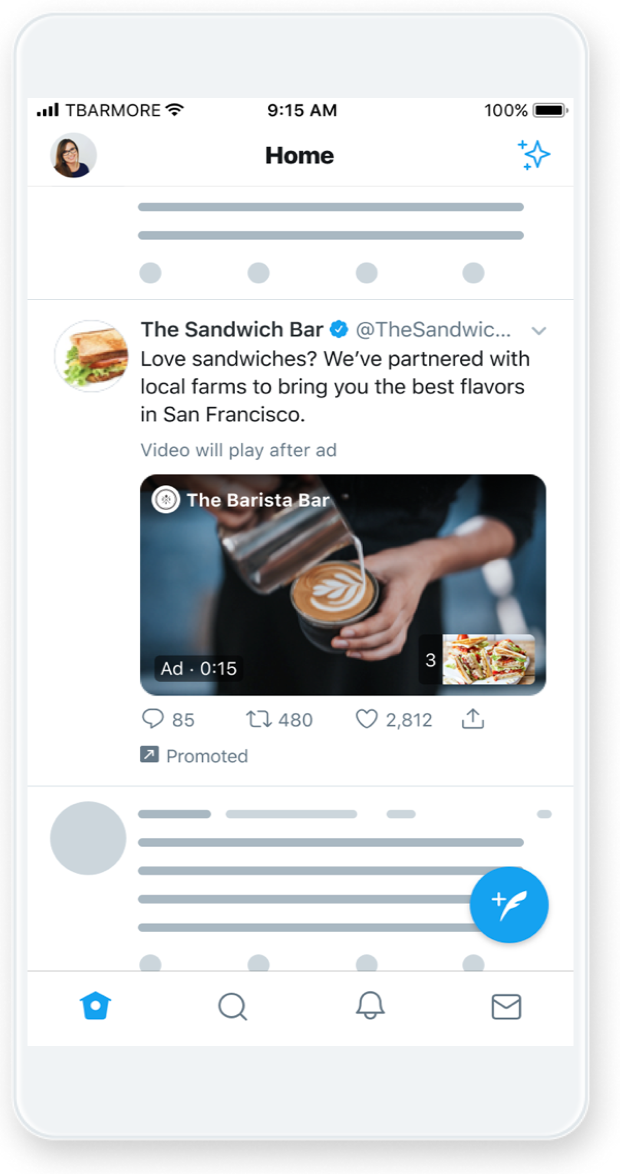
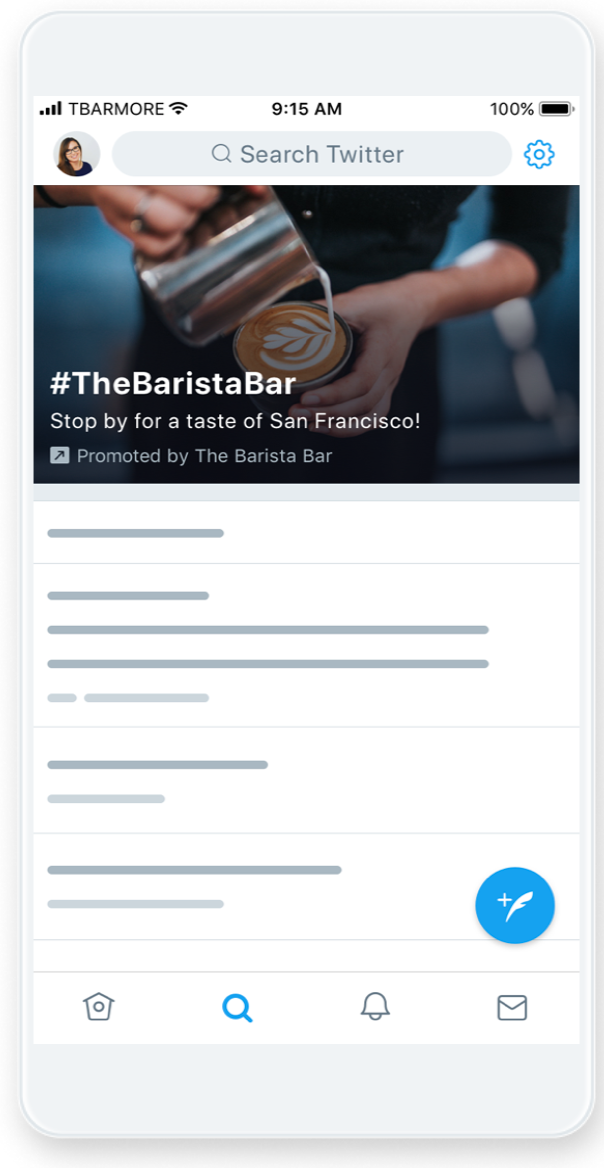
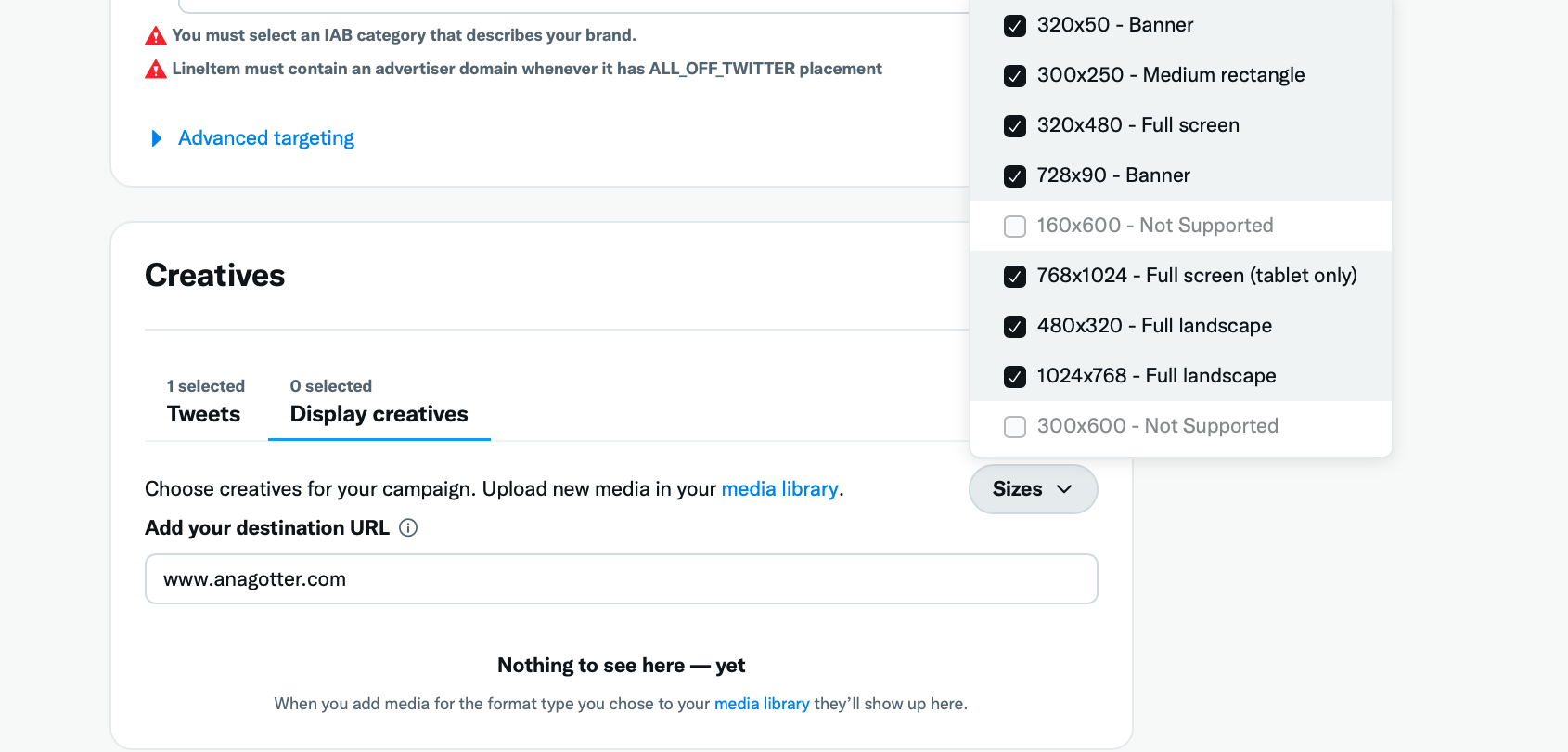
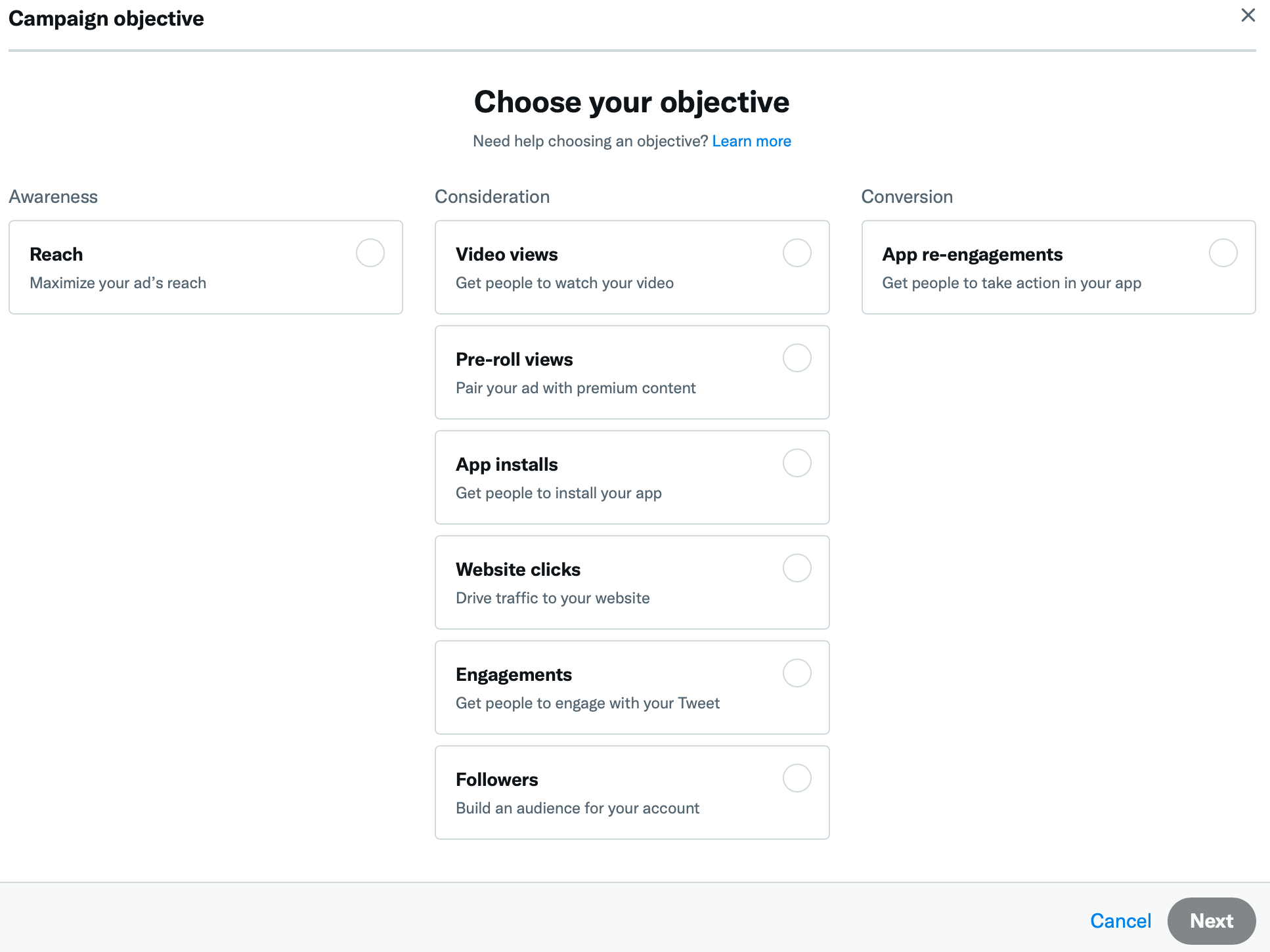

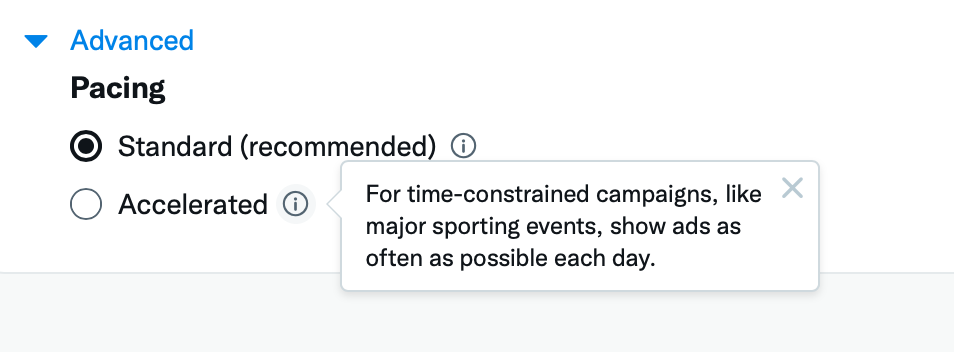
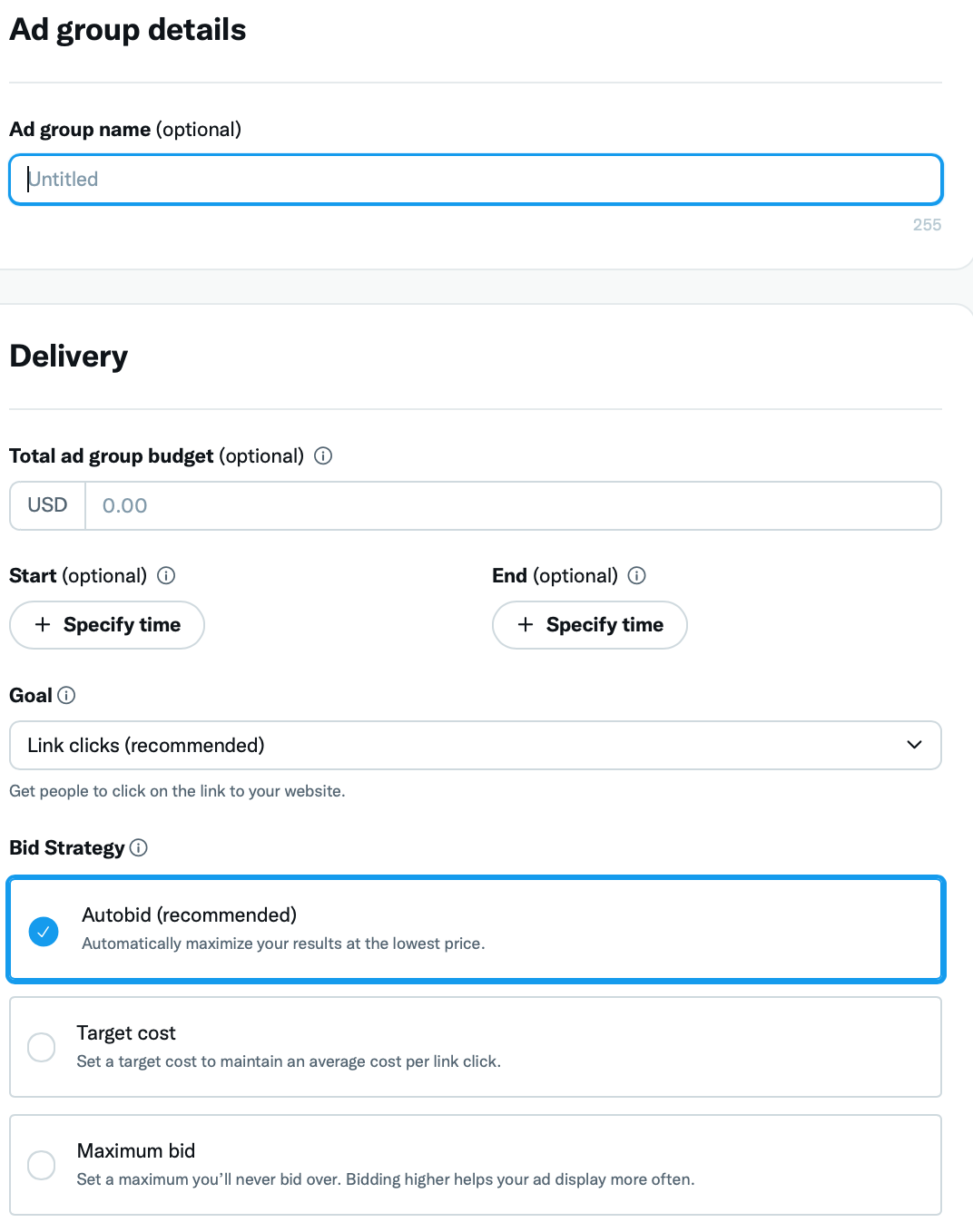
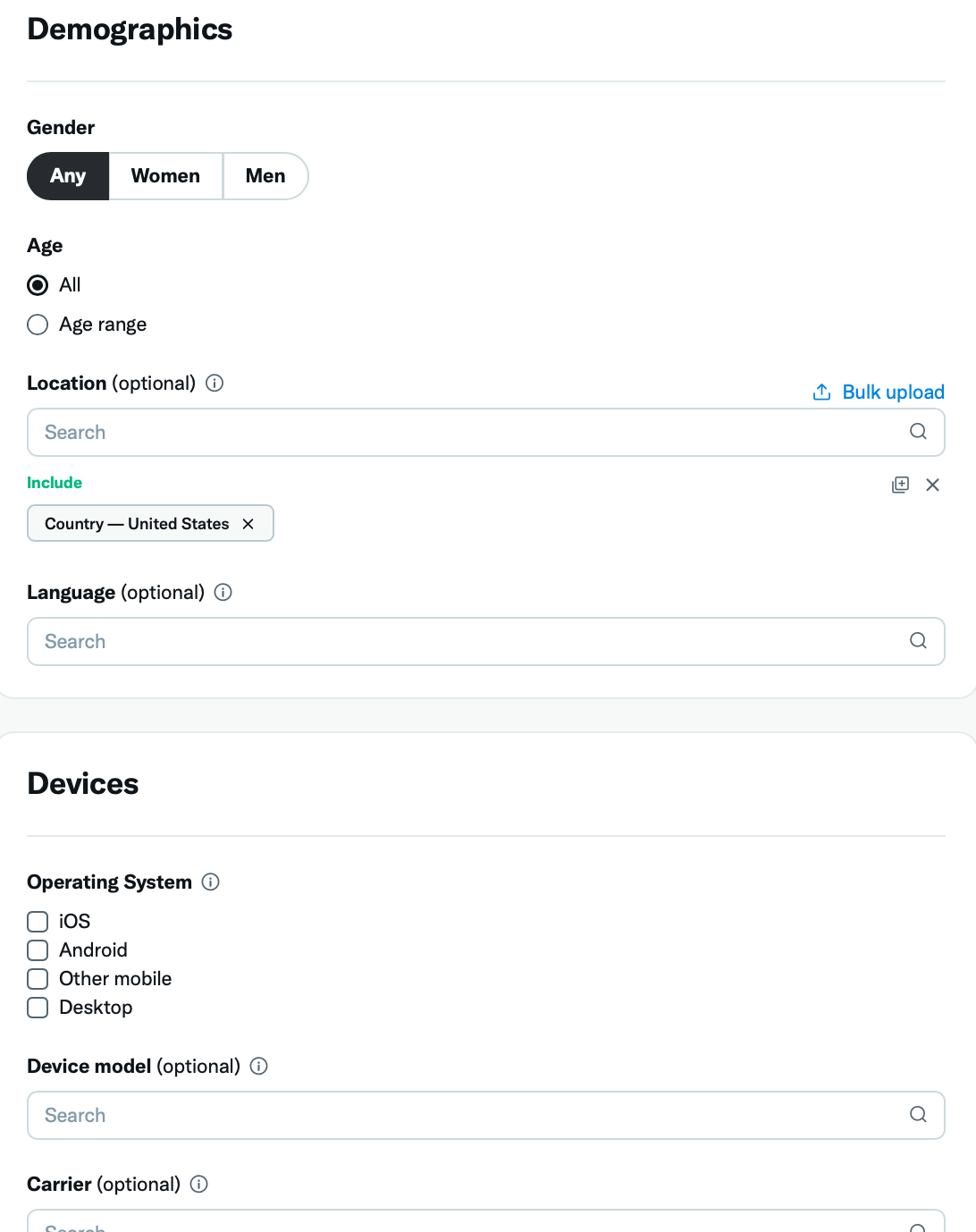
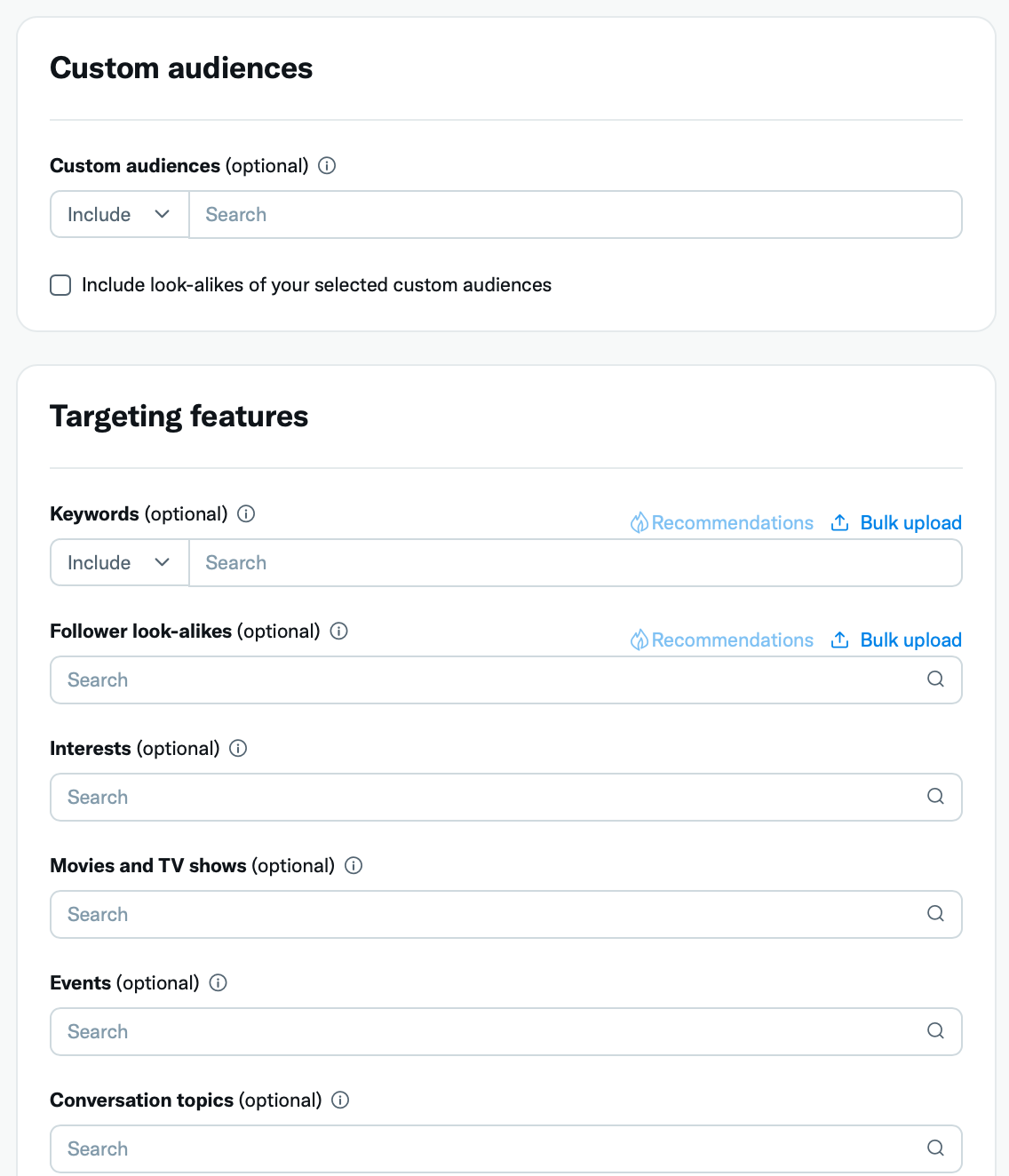
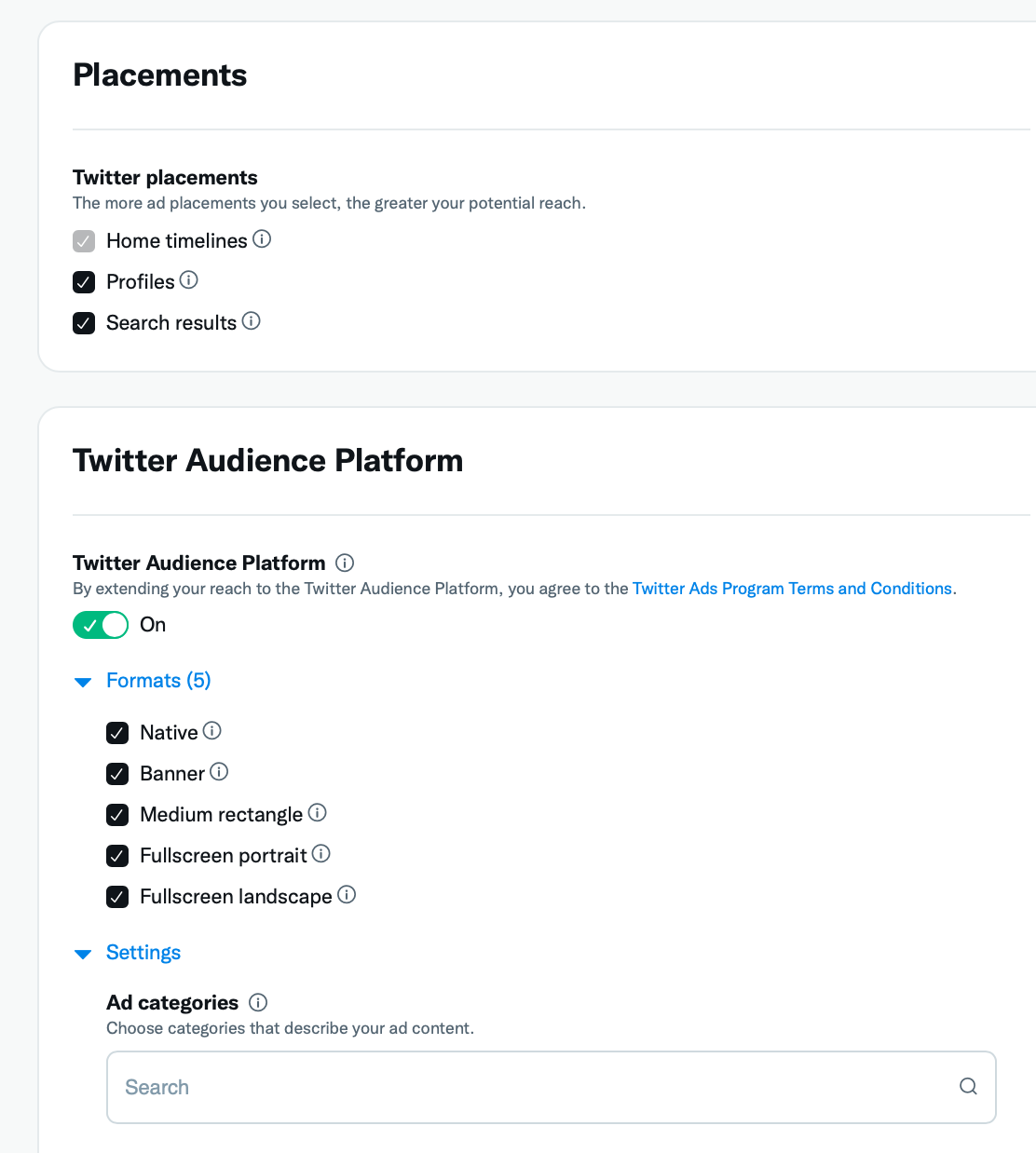
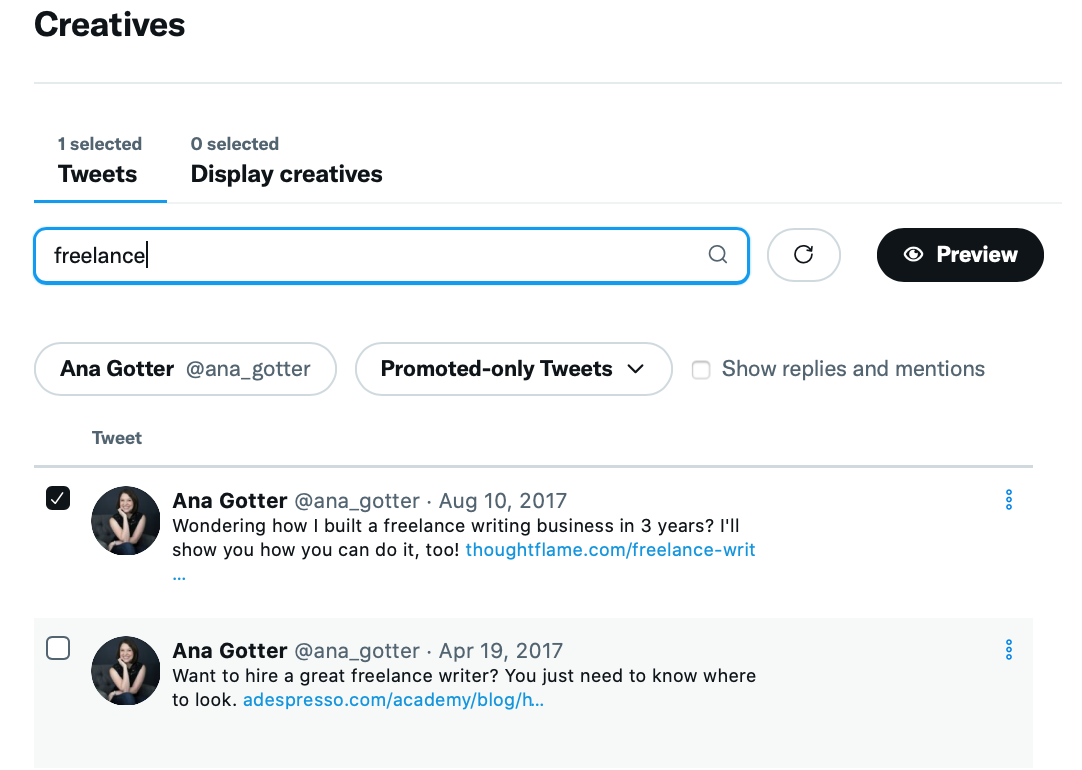
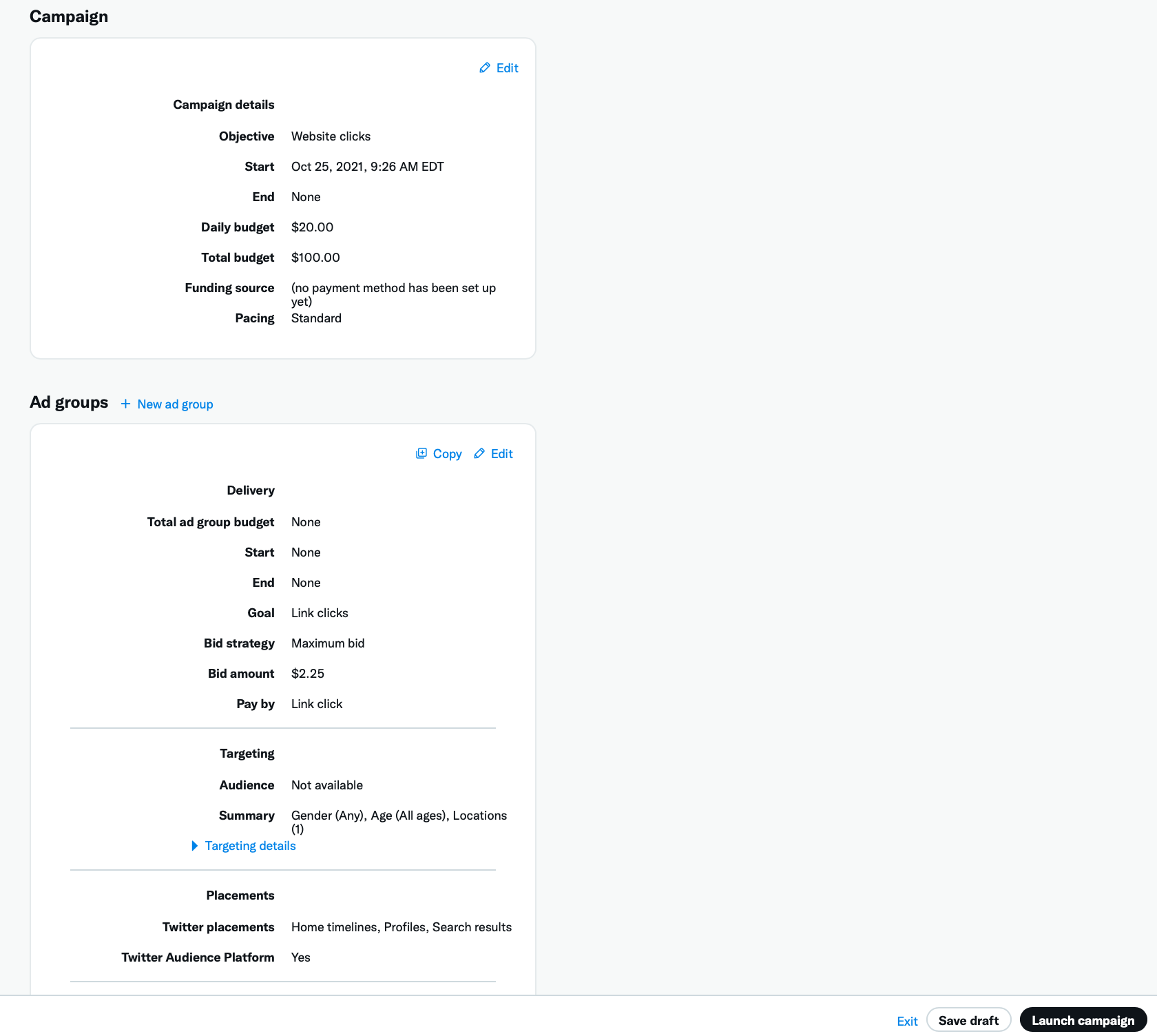
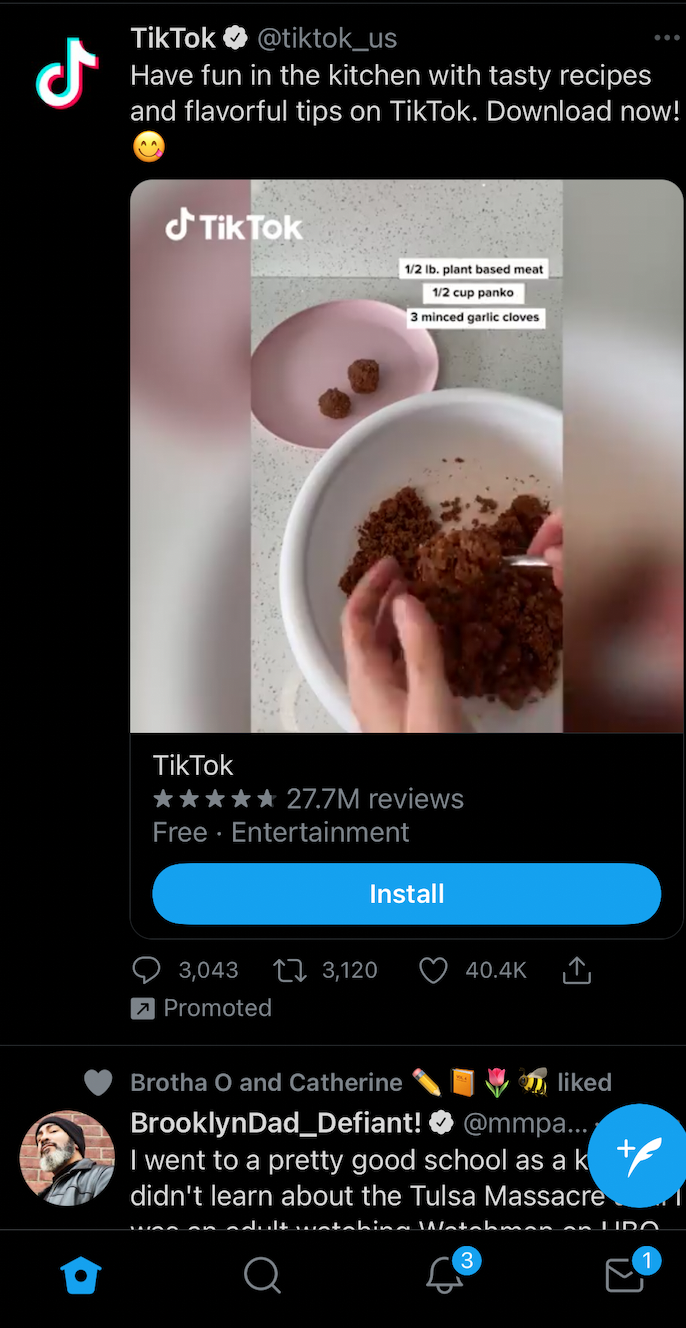

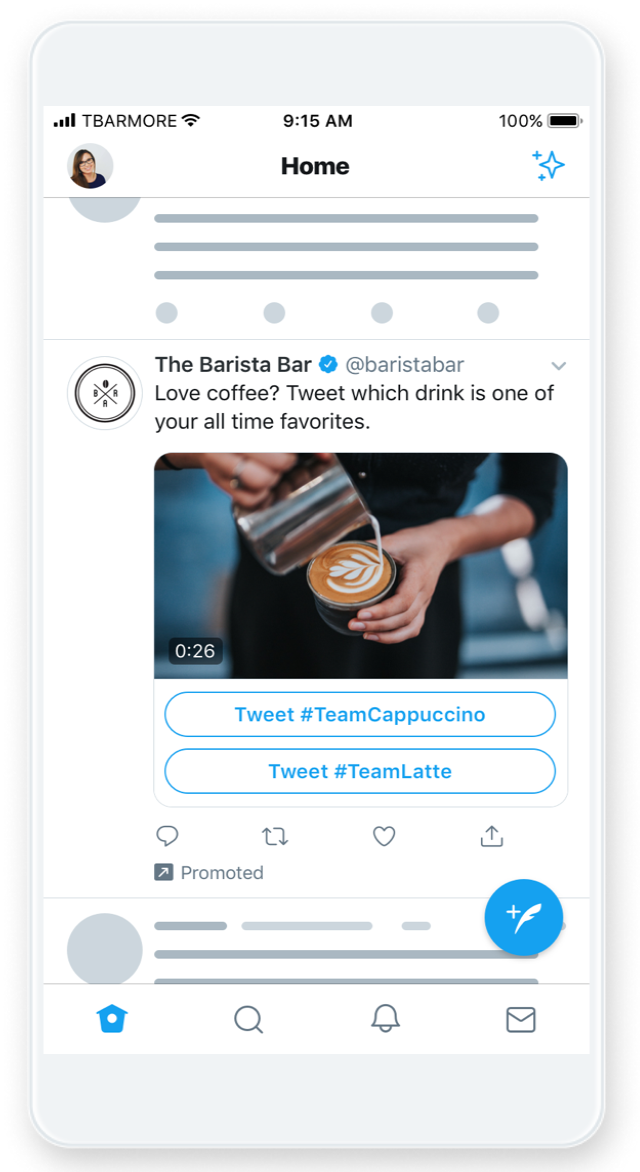

I want to be able to run my twitter ad campaigns through AdEspresso and split up my campaign to separate the different targeting parameters. Can I do this with AdEspresso? Do I need to set up another type of account? Is there another optimization service that allows me to do this?
Hi Jordan, right now we only do Facebook Advertising. Twitter may come next year but I can’t promise it right now. We want to do few things but very well rather than trying to do everything with poor results 🙂
I’ll keep you posted as soon as we’ll have plans on Twitter!
Thanks for sharing. Really helpful in my lead generation. Need to know how twitter will help for lead generation in real estate market.
Thanks for sharing this highly informative blog. Got to learn a lot about Twitter advertising. I feel confident to start my first Twitter ad after reading this blog.
Will you guys be adding Twitter functionality this year? I note comments above indicated you might. Probably the main concern I have with your platform because Twitter is the type of platform that is very valuable to us and our organisations audience with Instagram almost irrelevant. I would also add LinkedIn is relevant to our audience.
People who don’t get results on twitter, its nice article for that twitter advertisers.
Thanks for sharing. I love you
I really enjoy your blog! I have learned a lot of things from it.
Hi,
Do you know if there is anyway to save an audience once it’s been created. I’m not talking about a tailored audience for retargeting, but a regular audience that I would be targeting frequently? It seems really time consuming to keep creating the same audiences over and over again.
Thank you!
I thought I should let you know about this company I came across. Right now, they are actively hiring people who know how to use Facebook, Twitter, Pinterest or Instagram.
If you fit the profile, then you can make great money doing this, as is explained here:
https://socialsalerep.com?hyden4539
appreciable. thanks for sharing the information.
this is very informative and intersting for those who are interested in blogging field
You’re doing great work. Keep it up
It is informative article. I was searched this topic. In this page I found the information. Thanks for posting. – it staffing company in mumbai
Twitter is making some big changes!
Great and informative article on twitter great job authore keep posting such article on social media channels.
So much to process. Great article! I am not really a twitter active user right now, I used to love twitter back in the days and just stopped using it so much. But now, with all these changes it seems really interesting again, I might give it another try! Thank you
thanks for the wonderful info
Great post thank you
nice article about Twitter ads. thanks for this guide.